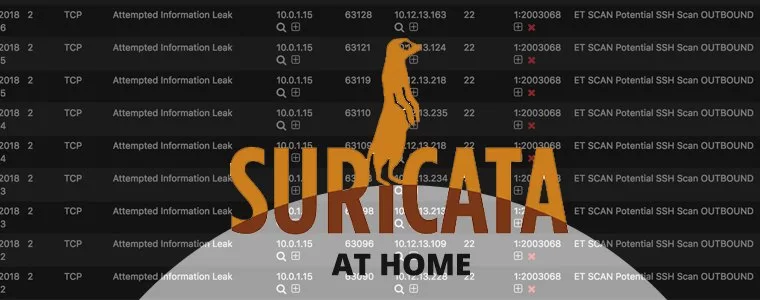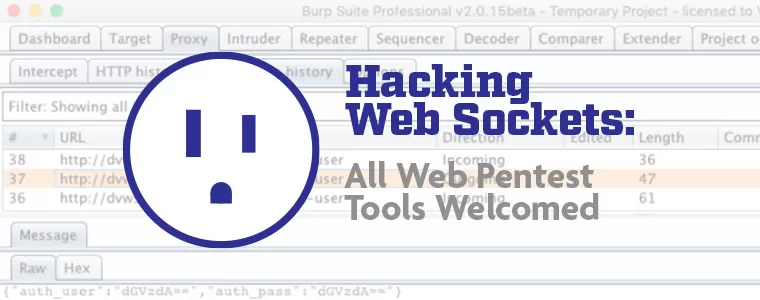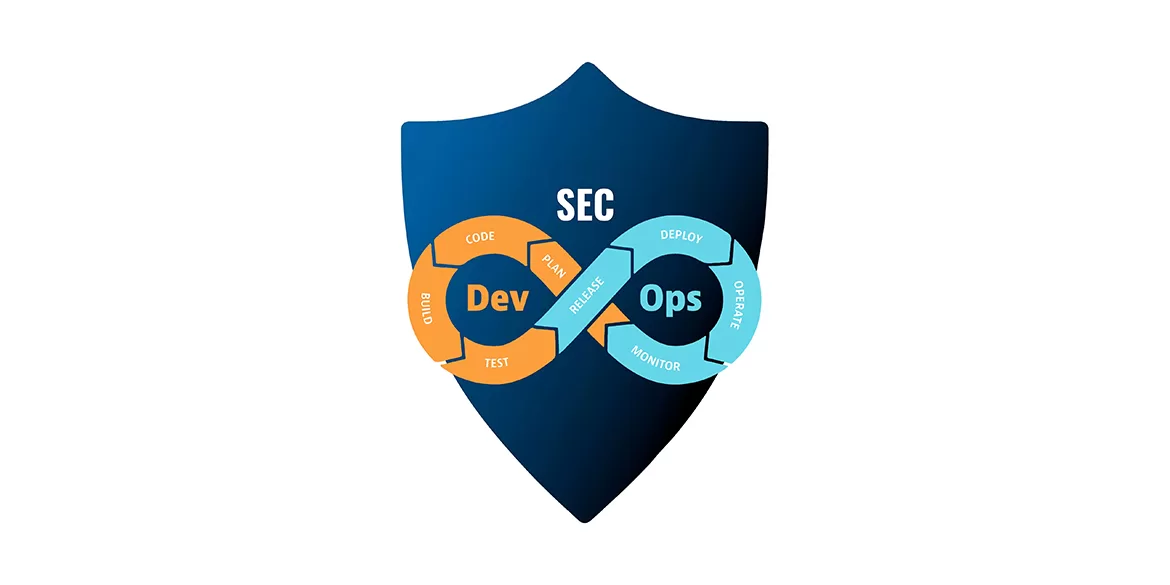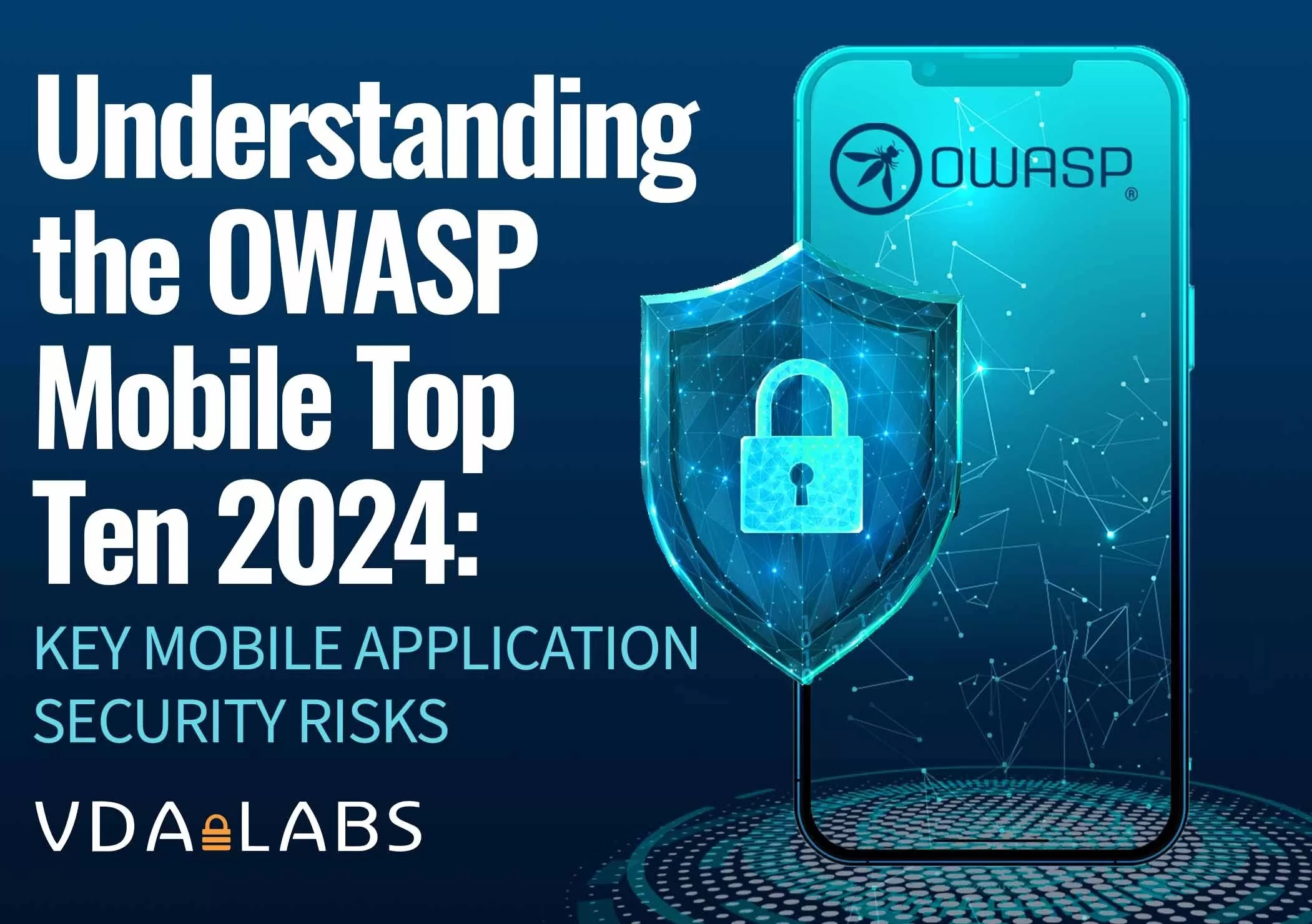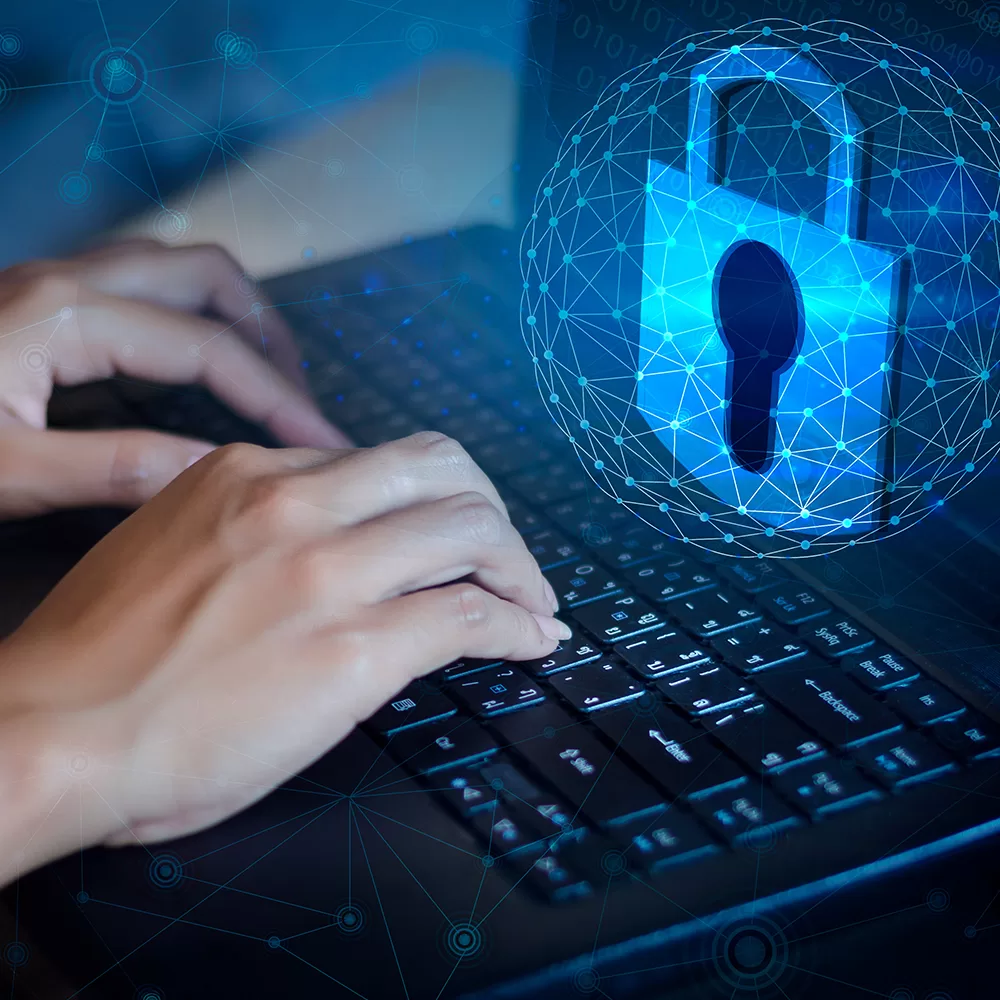
In an era dominated by digital advancements and interconnected systems, the importance of cybersecurity cannot be overstated. As businesses and individuals alike embrace the convenience of online transactions and data storage, the need for robust security measures becomes paramount. One such indispensable tool in the cybersecurity arsenal is Multi-Factor Authentication (MFA), a key player in safeguarding sensitive information from ever-evolving threats.
Understanding Multi-Factor Authentication
Multi-Factor Authentication goes beyond the traditional username and password model by adding an extra layer or layers of security. The basic premise is simple—requiring users to provide two or more forms of identification before granting access. This can include something you know (password), something you have (security token or mobile device), or something you are (biometric data like fingerprints or facial recognition).
The Vulnerabilities of Single-Factor Authentication
The reliance on single-factor authentication, typically a password, has proven to be a vulnerable point in the cybersecurity landscape. Passwords are susceptible to various threats, including phishing attacks, brute force attempts, and the risk of being compromised through data breaches. Once a password is compromised, unauthorized access to sensitive accounts and information becomes a real and imminent threat.
Mitigating the Risk of Unauthorized Access
MFA acts as a formidable barrier against unauthorized access by requiring users to provide additional proof of identity. Even if a malicious actor manages to obtain a user’s password, they would still need the second factor to gain access. This extra layer significantly reduces the likelihood of successful unauthorized access, providing an added level of protection for both individuals and organizations.
Phishing Protection
Phishing remains a prevalent and effective method used by cybercriminals to trick users into revealing their login credentials. MFA acts as a powerful defense against phishing attempts because even if a user unwittingly provides their password in response to a phishing email or website, the attacker would still need the second factor to complete the login process. This makes it exponentially more challenging for attackers to compromise accounts through phishing schemes.
Enhancing Regulatory Compliance
In an era where data privacy regulations are becoming increasingly stringent, MFA has become a crucial component in achieving and maintaining regulatory compliance. Many industries and regions now mandate the implementation of strong authentication measures to protect sensitive information. By adopting MFA, organizations can not only bolster their security posture but also demonstrate compliance with industry standards and regulations.
Mobile Authentication and Remote Work
The rise of remote work and the prevalence of mobile devices in everyday life have reshaped the way we access and interact with digital resources. MFA aligns seamlessly with these trends, offering convenient and secure authentication methods, such as push notifications or mobile app-based authentication. This flexibility ensures that users can access their accounts securely from various locations and devices, mitigating the risks associated with remote work scenarios.
The Evolving Threat Landscape
Cyber threats are continually evolving, becoming more sophisticated and adaptive. As technology advances, so do the methods employed by cybercriminals. MFA provides a dynamic defense against emerging threats, adapting to the evolving nature of cyberattacks. Its ability to incorporate various authentication factors makes it a versatile tool in staying ahead of the curve and safeguarding against both current and future threats.
In today’s interconnected digital landscape, where the stakes of cyber threats are higher than ever, Multi-Factor Authentication stands as a critical defense mechanism. Its role in fortifying security, mitigating risks, and ensuring compliance cannot be overstated. As businesses and individuals navigate the complexities of the online world, embracing MFA is not just a best practice—it’s a necessity in safeguarding the integrity of digital identities and sensitive information.
-
Previous Post
Cybersecurity Best Practices for SCADA Environments

